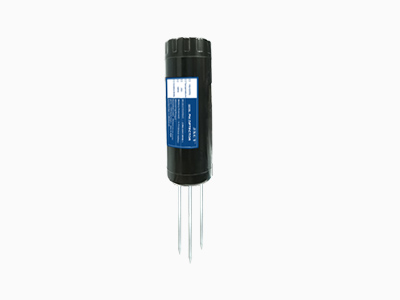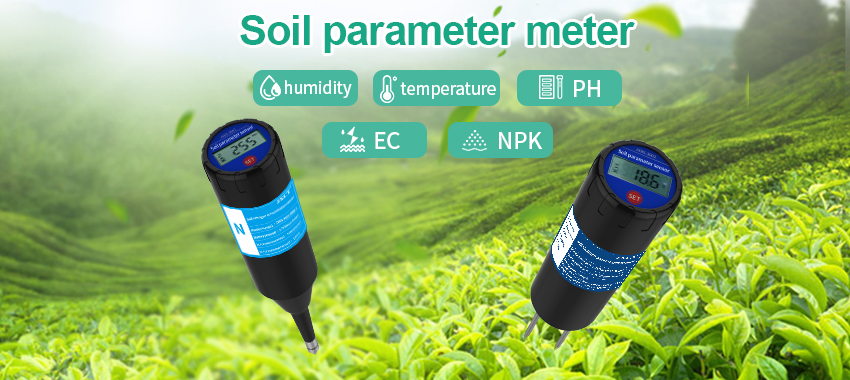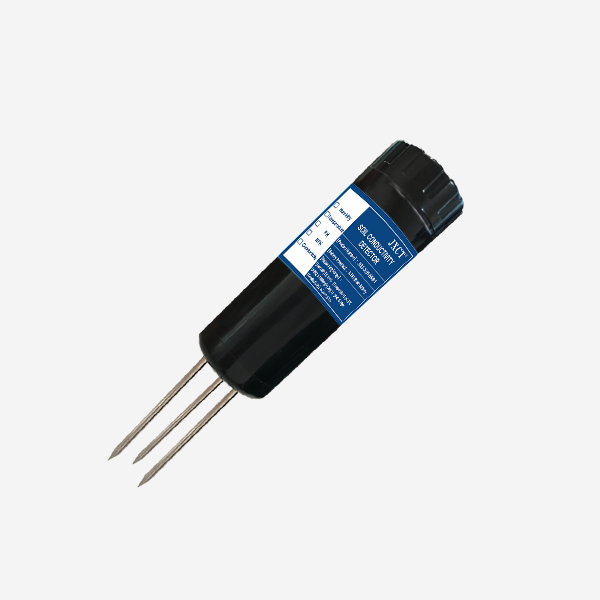Soil sensors are critical tools in modern agriculture, providing valuable data on soil conditions to support decision-making, improve crop yield, and reduce environmental impacts. These sensors collect data on various soil parameters, such as moisture content, temperature, nutrient levels, and pH. This article will explore the different applications and uses of soil sensors, focusing on the scope of their use.

Irrigation Management:
Soil sensors are primarily used for irrigation management, providing essential data for timely and efficient watering of crops. By monitoring soil moisture levels, farmers can optimize irrigation scheduling, reduce water consumption, and minimize soil erosion. This information helps increase crop yield and quality while reducing production costs.
Nutrient Management:
Soil sensors are useful in nutrient management, providing data on nutrient levels, such as nitrogen, phosphorus, and potassium. This information is crucial in developing effective fertilization strategies, preventing over-fertilization and nutrient leaching, and reducing environmental impacts. Soil sensors can also help in the diagnosis of nutrient deficiencies, aiding in the treatment of nutrient imbalances.
Crop Growth Monitoring:
Soil sensors play a significant role in monitoring crop growth, providing data on soil moisture and nutrient availability. This information helps farmers assess crop health and detect stress, enabling them to take corrective measures. Soil sensors can also provide valuable data on root development and distribution, aiding in the evaluation of crop performance and plant breeding.
Precision Agriculture:
Soil sensors are essential tools in precision agriculture, enabling farmers to apply inputs, such as fertilizer and water, strategically and precisely. By collecting real-time data on soil conditions, farmers can optimize input application, reduce waste, and increase efficiency. Soil sensors also contribute to precision agriculture by providing data for variable rate application of inputs, customized for specific soil and crop conditions.
Environmental Monitoring:
Soil sensors can be used for environmental monitoring, providing data on soil erosion and nutrient leaching. This information helps farmers evaluate the environmental impacts of agriculture and develop strategies for sustainable land management. Soil sensors can also contribute to the monitoring of soil pollution, by providing data on levels of contaminants, such as heavy metals.
Research and Education:
Soil sensors are valuable tools for research and education in agriculture and soil science. They provide real-time and historical data on various soil parameters, enabling researchers to analyze soil characteristics and processes. This information also helps in the development of models and simulations for crop growth, nutrient cycling, and soil health. Soil sensors also contribute to agricultural education by providing hands-on learning opportunities for students.

Conclusion: Soil sensors play a vital role in modern agriculture, providing valuable data for decision-making, resource management, and research. From irrigation management to nutrient management, crop growth monitoring, precision agriculture, and environmental monitoring, these sensors have numerous applications and uses in agriculture. By providing accurate and reliable data on soil conditions, they help farmers optimize resource use, reduce environmental impacts, and increase crop yield and quality. As technology advances, soil sensors will continue to evolve, providing increasingly sophisticated data and analysis for sustainable and resilient agriculture.
